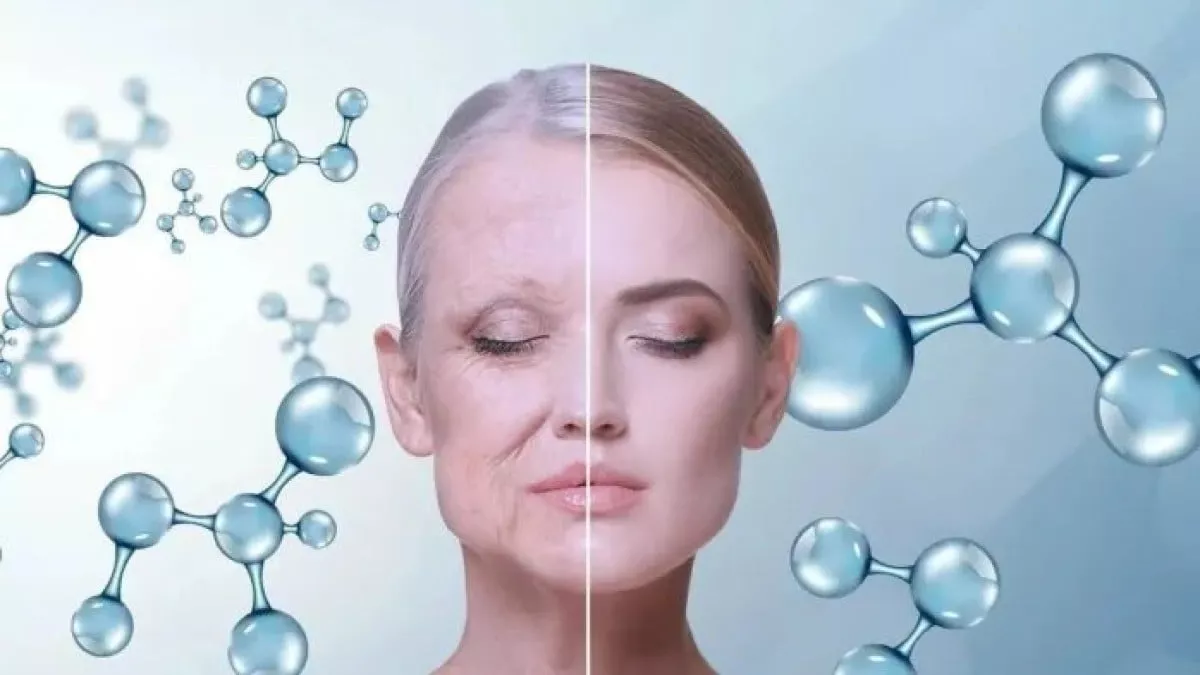
New data in the scientific community indicates that a significant breakthrough may occur in the field of regenerative medicine. This was reported by Upl.uz.
A special version of an artificial intelligence model developed by OpenAI has proposed modified forms of key proteins, which could create a new approach to combating the aging process. At the center of the research are four groups of proteins called Yamanaka factors.
These proteins play a crucial role in the process of rejuvenating and regenerating cells in the human body. They are named after scientist Shinya Yamanaka, who was awarded the Nobel Prize for his discovery.
These proteins enable the reprogramming of adult and specialized cells back to a pluripotent state, meaning they can be made similar to stem cells. However, the natural process is very slow and inefficient.
The artificial intelligence model named GPT-4b micro analyzed complex protein structures and developed new variants of them. According to initial laboratory data, these modified proteins significantly accelerated the process of converting adult cells into young stem cells.
One of the most important aspects is that the cell reprogramming process was accelerated by 50 times. Additionally, the new method helps reduce DNA damage, which is a major problem in regenerative medicine.
The accumulation of DNA damage is one of the main factors of aging, and repairing it harmlessly is a pressing task for scientists. Representatives of the scientific community evaluate this innovation not only as a breakthrough against aging but also as the beginning of a new era in fighting a range of age-related serious diseases.
In collaboration with the biotechnological startup Retro Biosciences, OpenAI aims to extend healthy human lifespan by ten years. At the same time, it should be noted that this data is still at an early stage and needs to be verified and confirmed by independent experts.
If the results are confirmed, this could have a significant impact on the future of medicine. The discovery of Yamanaka factors in 2006 was a true revolution, proving that the fate of cells can be reversed.
Previously, cell differentiation was considered unidirectional, and it was emphasized that adult cells, such as skin cells, could not revert to young stem cells.

